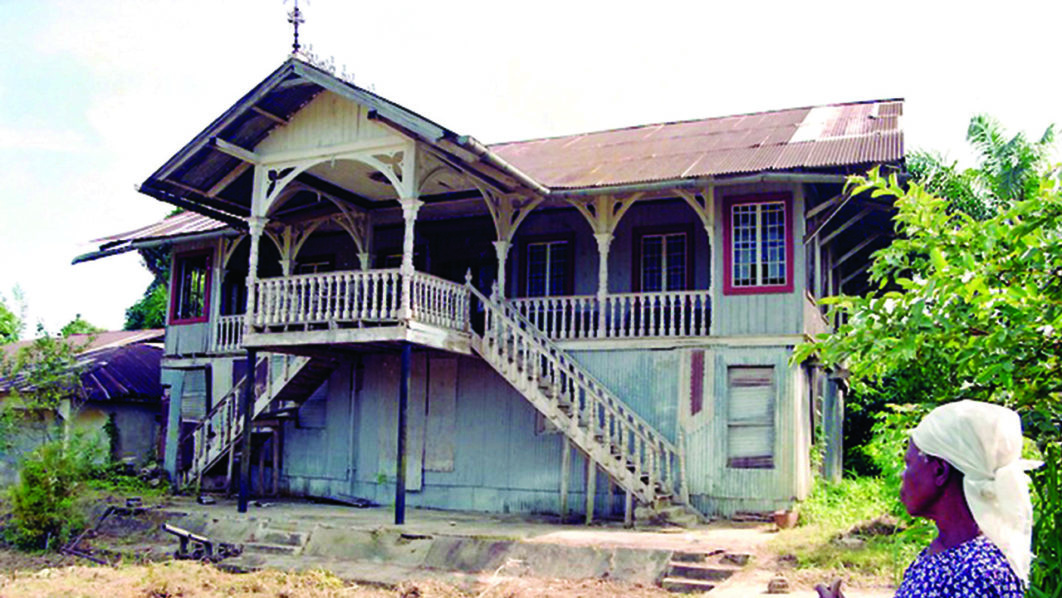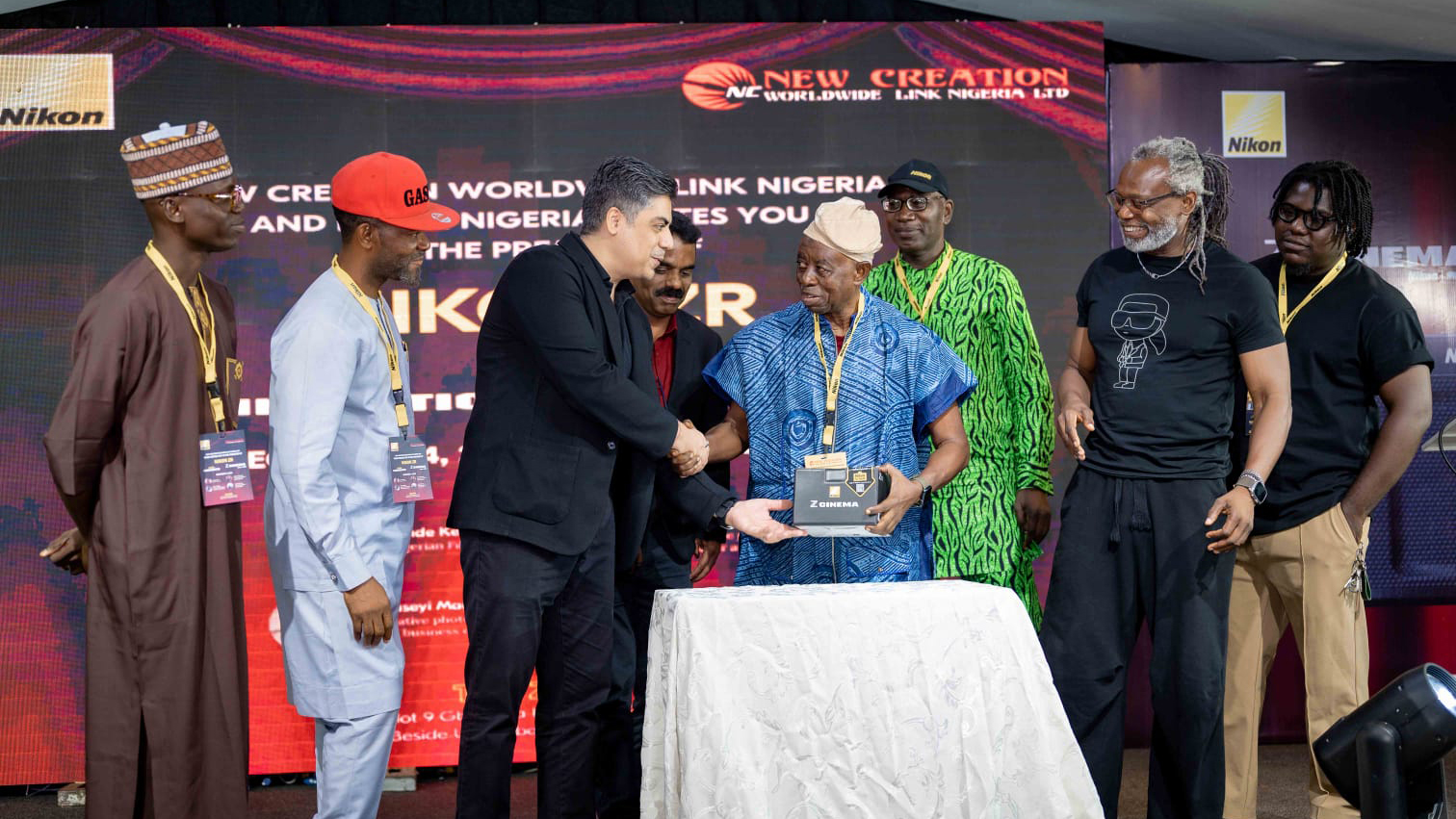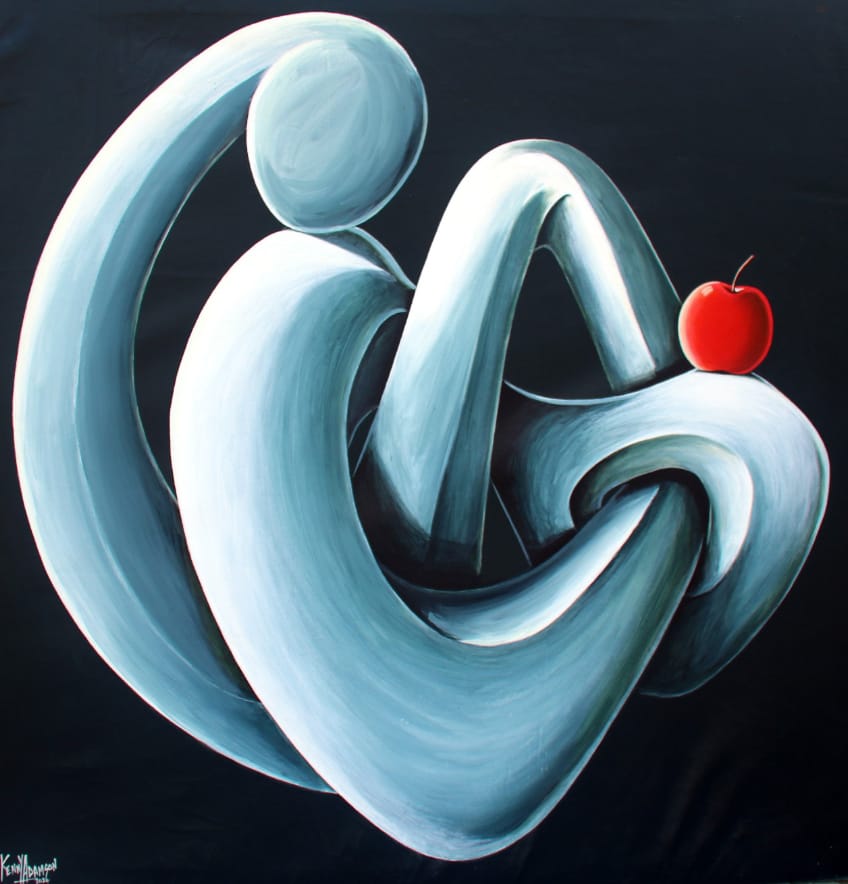
However, this boom has not translated into an increase in the visitor base nor is there a diversification of the traditional visitor profile (marked by high income and a high level of education).
Among crucial contents of tourism is museum-visiting culture and many states of the federation have facilities owned by the Federal Government and managed by the National Commission for Museums and Monuments (NNCM) that can attract visitors.
However, an inventory of Nigerian museums today will reveal a sad and painful treatment of the country’s historical monuments and heritage.
The Cross River ‘Akwanshi’ or monoliths and other tourism heritage in Nigeria are facing serious threat of extinction. They are left to rot by a system that is less concerned about the fortunes of national assets placed in its care.
Worried by this development, experts at the third International and Inter disciplinary Conference with the theme: “Cross River Akwanshi, the Intervention and Interpretation of Indigenous Cultural Stones,” which held at the University of Calabar, called on government to reconsider it stands on cultural heritage protection.
The conference submitted that as a result of non-challant attitude of government, the country had lost hundreds of Cross River monoliths and other cultural heritage to museums in Europe, America and other parts of the world.
Delivering a keynote address, the Head of Department of History and International Studies, Paul University, Awka, Anambra State, Prof Levi Uzuakor said the museums are handicapped in their efforts to preserve and conserve.
“In fact, some of them (monoliths) are suffering in the museum, because proper care is not being taken.
It is not that the museums do not know what to do, but they don’t have the wherewithal. The museums are under funded.
They must be properly funded to play their role in the society.
If the authority that ought to fund these institutions do not come forward to do that, because they do not understand that it is necessary to have our historical artefacts, the private organisations should come in and assist in this work,” Uzoakor said at the lecture.
Stakeholders in the culture and creative sectors have noted that monuments like the Egbo Egbo House and the old colonial premier building and printing press in Hope Waddell are gradually losing their heritage values, because they are not properly preserved.
Experts have argued that the primary mission of most history museums is to collect, preserve, exhibit and interpret objects of historical significance.
They note that over time, all objects will begin to deteriorate for a variety of reasons, such as environmental conditions, use and natural decay.
Inside the premier building is an old machine, the first printing press in Nigeria, which was installed in 1920, and it published one of the first newspapers in the country called Champion.
The premier building was brought in from Glasgow and assembled in Calabar. If these buildings are left for a while, they may just collapse and the country won’t have them again.
A first time visitor to Lokoja in search of the National Museum of Colonial History with very high expectation may be disappointed as the facilities, location and the edifice have become shadows of their past colonial glory.
This is because the colonial relics of interest have been reduced to ancient photographs with no objects that may encourage the sightseer to spend extra time.
Although, there are about 50 government owned museum stations across the country, and a large number of private, community and palace museums in various states of the federation, fully operational or in various stages of development, their impacts are hardly felt.
Museums are success stories in Europe and America.
They play a leading role in the success of the tourism of these countries, attracting millions of international and domestic visitors.
They showcase the best of their nation’s history and culture to the widest possible audiences and captivate visitors with objects that tell stories of the world.
It is not surprising that museums in Europe and America now make millions of euros and dollars yearly, either through admission charges and or sales of books, pamphlets, paintings, casts and other souvenirs.
As a result of sustained investment in the Western world, their museums have improved their visitor offer and attract ever-greater numbers of tourists through their doors.
Through the money they spend, these museum visitors deliver economic benefits to local economies.
According to research conducted by the Themed Entertainment Association (TEA), more than 106.5 million people visit the top 20 museums in the world every year.
The report said Louvre, in Paris, France had 8.7 million visitors in 2017.
The Louvre is huge, impressive, and houses some of the most well known art in the world — Mona Lisa, the Venus de Milo, and ancient Greek vases.
But it’s not only the art and artefacts that are impressive.
The museum is housed in the former royal palace where famous historical figures like the Marie Antoinette and Napoleon once lived, and blockbuster films like The Da Vinci Code were filmed.
Also, the National Museum of China, Beijing, attracted 7.3 million visitors.
This enormous building, which is located on the east side of Tiananmen Square and covers a staggering 192,000 square metres, has a vast array of historic Chinese art, artefacts, porcelain, traditional furniture and more.
While the National Museum of Natural History, Washington DC, USA attracted 6.9 million visitors.
A part of the Smithsonian Institution is one of the world’s top research complexes and museums “dedicated to inspiring curiosity, discovery, and learning about the natural world through its unparalleled research, collections, exhibitions, and education outreach programmes.”
The British Museum, London, equally 6.8 million visitors and in 2017, the Vatican Museums, Vatican City, Rome had 6 million visitors.
NCMM Lagos office, on its part in the corresponding period, recorded 41,826 visitors: January – 1, 015, February – 5, 523, March – 10, 984, April – 2,093, May – 2, 206, June – 4, 347, July – 2, 625, August – 1, 588, September – 1, 269, October – 3, 352, November – 4,107 and December – 2,715.
The museum hosted 42,724 in 2015, 46,359 in 2016 and 41,826 in 2017 with a difference of 4,533 when compared to 2016.
Experts and stakeholders in both heritage and tourism sectors of the Culture, Creative Industry (CCI) believe that Nigeria boasts of ancient art of various ethnic nationalities, particularly, of African religious origin, which could attract visitors.
From the National Museum, Onikan, Lagos to Colonial History Museum, Lokoja, Kogi State, which specialises in Nigeria’s pre-independence era, mostly British-rule antiquities and photographs, and Slave History Museum, Calabar, Cross River State, a lot can be learnt.
A major handicap museum in Nigeria faces is poor funding.
That is their greatest challenge, said Acting Director General, NCMM, Emeka Obiora Onuegbu.
Onuegbu said poor budgetary allocation for the sector has made its impact insignificant in terms of revenue generation.
According to him, “the problem with the country is not lack of museum structures, but the financial capability to make them functional.
What we should be talking about is funding to upgrade, renovate and effectively exhibit our cultural patrimony in our current holdings.”
He stressed there are many things the Commission would have done, but funding remains a challenge.
Funding for the museums come solely from the Federal Government, a recurrenty expenditure that is part of the country’s huge yearly civil service burden on the nation’s increasing infrastructure deficit.
A former curator at the National Museum Lagos told The Guardian, “funding is a big challenge for us.
To maintain the aesthetic value of this place, they need money.
The kind of funding we have is not enough to do the kind of things we are supposed to do.”
Beyond poor funding, experts have said museums should be working in partnership with third-sector organisations to preserve and protect these heritages.
A Federal Government-Ford Foundation project aimed at remodeling of National Museum Onikan, Lagos, worth $2 million dollar was suspended by the foreign donor due to the inability of the government to provide N500 million counterpart funding.
The Acting DG, nevertheless, called on communities interested in developing new facilities that could project their cultures and history to collaborate with the Commission.
The botched project, which included a conservatory laboratory, was launched in 2009, but suspended some years after by the Foundation.
The canceled FG-Ford Foundation laboratory would have served the entire West Africa in area of restoration and conservation of artefacts as well as general works of art, particularly of African origin.
For several years, the Ford Foundation part of the funding was available, as government ‘failed’ to provide the counterpart funding.
On the drought of professionals, the Museum boss blamed the situation on limited vacancies in the Commission.
“Those trained in archaeology, at completion, complain of low salary structure and the few who are employed leave for greener pastures while some change cadres after employment.
“The implication is grave but systematically; the Commission is gradually bridging the gap of this difference in professionalism,” Onuegbu said..
The culture activist and communications expert, Ben Tomoloju, does not feel the blame should be heaped on the Commission.
He noted that the museums have the staff to do the work, but “how effectively have the professionals who had been employed in past few decades been encouraged to utilise their skills to the fullest capacity?
I ask this question, because as a member of the Governing Board of the National Commission for Museums and Monuments, in the early 1990s, the issue of career fulfilment for the parastatal’s members of staff was of utmost concern to my colleagues and I on the Board.
“The specialists had great ideas, having passed through the tutelage of renowned scholars like, Professors Ekpo Eyo and Ade Obayemi at one stage or another.
I recall that L. I. Izuakor and M. O. Hambolu authored books in their respective fields.
There were a number of others like, Charles Gonyok – a director, Helen Kerri, Adediran and some others, who exhibited tremendous scholarship during their services at the Museum. I don’t know where they are now.
But as the Chair of the Board’s Sub-committee on Establishment, I was a witness to their proficiency and productivity.”
While pointing out that there can’t be drought of professionals in the museum to provide the needed job, the former Deputy Editor of The Guardian, said, “we went to the extent of instructing management not to retrench staff even in the face of economic exigencies like SAP, so that those experts could develop their capacities fully and build new generation of professionals.
The management under Dr. Yaro Gella conformed.”
Tomoloju, however, blamed stringent but counter-productive government policies as bane of proper functioning of the institutions in Nigeria.
He listed the long years of excision of history from the school curriculum as one of them.
He said, “the years must have had a negative effect on the ability of students to appreciate their national heritage.”
History was returned to the school curricula in 2016-2017 session.
“What we have to address as a possible solution is the marketability of the museum and innovativeness of the administration to enhance its revenue base and open up job prospects,” he noted.
He continued, “we have to identify the symptoms and embark on the restitution of the inherent value of museum activities particularly in terms of education and tourism.
“At the moment, we have enough to take care of our archaeological requirements, and we are prepared to engage many more, as the opportunities are given.”
His words: “In our days at NCMM, we compelled members of staff of the education unit to conduct outreach programmes in schools and organise educational tours for schools on a weekly basis. It didn’t end there.
They had to show the attendance register to management for evaluation purposes.
Like I hinted, there is also the problem of perception, especially by religious bigots who discourage members of the younger generation from patronising cultural events.
They slam the label of fetishism on cultural institutions like the theatre and museum, whereas their counterparts abroad are actively involved in heritage matters for their educational values.
We need a full dose of cultural re-orientation in Nigeria to right these wrongs.
Afterall, some of the most renowned scholars in African studies like Bolaji Idowu, Lucas, Jeje and my grand uncle Awolalu were celebrated clergymen.”
One may also add that visitation to museums should be aggressively pursued as a major co-curricular activity of schools and marketed as such by the educational unit of the institution.
The press also has a crucial role to play in this regard.
In The Guardian of the 80s and early 90s, I did employ a graduate of History; former Miss Yetunde Adjoto (now Mrs. Odjuba) to cover the Museum beat.
She won an award while her senior colleague in charge of the media; Mr. Bankole Ebisemiju also won an award on the same beat.
I just have to mention this as a tribute to The Guardian in opening up and nurturing new beats, which had hitherto been confined to the oblivion, and bringing them alive to public reckoning.
We should not leave the promotion and propagation of museum culture to the administrators alone.
The media can help in no small measure to generate public awareness and interest in it.”
Tomoloju said at a certain stage during their tenure, they undertook a facility tour of the National Museum, Lagos and were shocked by what they saw at the large store that looked like a warehouse.
The store was filled to the brim with antiquities of all kinds jumbled, infested, gangrened and unkempt like a forest of an eyesore. Thousands of them.
“It was a culture shock. We called the attention of the management to it.
This was before Abacha dissolved all the boards of federal parastatals.
At that time, a new multi-purpose Museums House – a high-rise was under construction.
We were consoled that after completion those antique objects would be moved into large exhibition spaces with conservation artists working on them and curators documenting and setting them up for public viewing like you have in the museums of the Smithsonian Institutes in the USA.
But, alas, that high-rise structure was sold to a private property developer and turned into a mall.
So where will conservationists and curators show their skills in the modern sense.
Even the sale of the edifice confirms corruption, as you have rightly observed, and a philistine tendency by people in government. So, what can the commission do? Fight the government?
Except, of course, if the stakeholders protest relentlessly as is the case with the National Theatre. But for the Museum House, it is too late.”
The training institution of the Commission, which started as a UNESCO centre for training of museum officers in Africa, has been reduced to a shadow of its old glory.
Aside from the fact that the curriculum has remained the same since 1989, African countries have stopped registering in the institution for some years now.
Formally known as Bi Lingual training Centre (BTC), it is a UNESCO established institute for the training of museum technicians in Africa and it’s located in Jos, Plateau State.
Following the withdrawal of UNESCO and handing over of the Centre to the Federal Department of Antiquities, Nigeria government has been saddled with responsibility of running the institution.
In order to provide a comprehensive training in archaeology, two graduate training schools were opened in 1990.
These are the Centre for Museum Studies for a diploma course and the Institute for Museology & field Archaeology for postgraduate diploma in these fields.
The programme of this centre is now patterned for the award of diploma certificate and now runs a two-year programme.
The curriculum of this centre is positioned with the National Board for Technical Education for standardisation and accreditation.
The Commission at the moment has signed an MOU with the University of Jos for the affiliation of these two schools to the department of Archaeology and Heritage Studies under the Faculty of Arts.
The curriculum, affiliation fee and other necessary materials have also been sent to the University of Jos and the institute is positioned for final affiliation to the university.
“We are actually doing a lot to position that Institute to cater for the needs of the moment,” Onuegbu said.
[ad unit=2]






